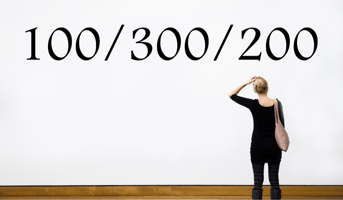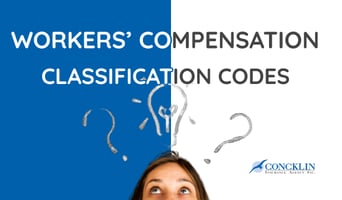Rating
When it comes to rating commercial properties, insurers generally use one of two 2 types of rating – Class Rating and Specific Rating.
Class rating is a method of determining commercial property insurance premium based on what class the property falls into.
Class, in this instance, refers to grouping buildings that share similar characteristics. There are 4 key characteristics that are used to determine what class a property falls into: Construction, Occupancy, Protection and Exposure (COPE). Insurance rates are then based on the average of the properties included in the class. Rates can fluctuate based on positive or negative features of the specific structure.
If a commercial property does not fall into a class, a specific rating method is used. Specific rating will calculate the insurance premium based on the specific characteristics of the structure itself rather than the average of similar structures. This typically applies to more complex structures and/or those with unique features. These buildings tend to be more closely inspected due to their uniqueness. However, the same 4 key characteristics used for placing a building in a class are heavily weighted in this system as well.
Construction – what is the building made of
When looking at the construction of a building insureds not only take into consideration what materials were used in the construction but how combustible those materials are.
Buildings with exterior walls made of wood are calculated much differently than ones made of masonry or fire-resistive materials. The more combustible a building (including floors, interior walls, and roofs) the higher the risk of a loss – the higher the insurance premium.
Occupancy – how is the building being used
Insurers will examine how a building is being used. This includes what type of business is occupying the structure as well as the contents of the building. A building used for storage will have different rates than a one furnished for an office. The more combustible the contents, the more expensive it will be to insure. If the property is vacant/unoccupied, risk of theft and vandalism increase which can also impact insurance rates.
Protection – how is a building safeguarded against fire
If you have not realized by now, insurers are highly concerned about fire. When it comes to protections in place to safeguard against fire there are two categories – Public Protections and Private Protections.
Public protections are generally those provided by local fire departments. Fire departments are assigned a Public Protection Class rating 1-10. Properties with a low rating are generally charged lower insurance rates.
Private protections are methods the policy holder implements. This includes things like fire suppression systems, fire doors, alarms and other features of the building that limit the spread of fire. The more safeguards in place, generally the lower the cost to insure.
Exposure – where is the building
The fourth key consideration when determining the insurance premium of commercial properties are external factors related to where the building is located. This includes natural hazards, such as a locations propensity to natural disasters, and man-made hazards, such as proximity to highways or high crime areas.
The final piece of the puzzle is loss/claim history. Having a claim on your property will impact your insurance premium, which is why prevention is key. Having security cameras, flood lighting, door alarms and other security measures that will deter vandalism, theft and arson are not only great ways to protect your property and reduce risk, these extra measures are often taken into consideration during the underwriting process.
As you can tell Commercial property rating and underwriting is a complex process, and there are a lot of external factors which can influence your pricing. Concklin Insurance Agency is here to assist you with gaining insights into your policy. We also offer a wide range of loss mitigation and safety information to help you protect your property and prevent claims.





